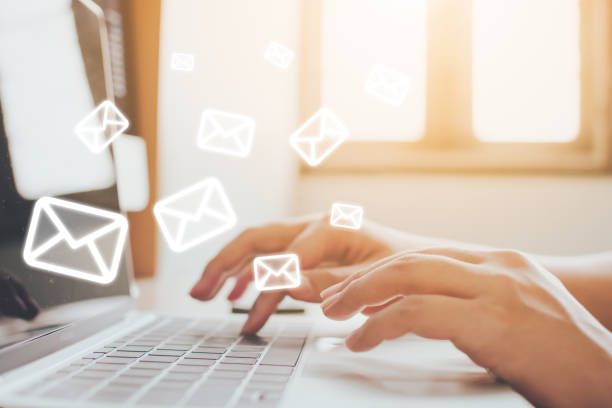In today's digital age, email has become an integral part of our personal and professional lives. However, with the convenience of email also comes the inevitable influx of unwanted or unsolicited messages. Thankfully, bouncing emails provides a powerful tool to manage your inbox and filter out unwanted content. In this comprehensive guide, we will explore the art of bouncing emails and provide expert tips and techniques to help you take control of your email communications.
Understanding Email Bouncing
Email bouncing refers to the process of returning an email message to the sender without it being delivered to the intended recipient's inbox. Bouncing can serve various purposes, such as notifying the sender of delivery failure, filtering out spam or unwanted messages, or managing email subscriptions effectively.
Methods to Bounce an Email

Manual Bouncing
One way to bounce an email is through manual intervention. This involves composing a new email and addressing it to the sender. In the email, you can explain the reason for the bounce and request that the sender refrain from contacting you further. However, manual bouncing can be time-consuming, especially if you receive multiple unwanted emails.
Utilizing Bounce Features in Email Clients
Many email clients, such as Gmail or Outlook, offer built-in features or extensions that allow you to bounce emails. These features enable you to mark emails as spam, block senders, or create rules to automatically bounce specific messages. By leveraging these functionalities, you can streamline the process of bouncing unwanted emails.
Third-Party Tools and Extensions
There are several third-party tools and extensions available that specialize in bouncing emails. These tools often offer advanced features like bounce tracking, bounce analytics, and custom bounce messages. By using such tools, you can automate the bouncing process and gain more control over your email communications.

Best Practices for Bouncing Emails

Exercise Caution and Discretion
When bouncing emails, it's crucial to exercise caution and discretion. Ensure that you are bouncing emails for valid reasons, such as dealing with spam or unwanted messages. Avoid bouncing legitimate or important emails that may lead to unintended consequences.
Customize Bounce Messages
Take advantage of the opportunity to customize bounce messages. Craft clear and concise messages that explain why the email is being bounced. Use polite and professional language to maintain a respectful tone, even when declining further communication.
Commonly Asked Questions
Can I bounce an email without the sender knowing?
When you bounce an email, the sender typically receives a notification or an automated message indicating that the email was not delivered. However, the exact behavior may vary depending on the email client, server settings, and bounce method used.
Can bouncing emails prevent spam?
Bouncing emails alone may not entirely prevent spam. Spammers often use fake or spoofed email addresses, making it difficult to effectively bounce back to the actual sender. Implementing robust spam filters, marking emails as spam, and maintaining up-to-date security measures can help reduce the amount of spam you receive.
Are there legal implications to bouncing emails?
Bouncing emails itself is generally not illegal. However, it's essential to comply with relevant laws and regulations regarding email communications. Avoid engaging in harassing or malicious behavior when bouncing emails, as it can lead to legal consequences.
Conclusion
Bouncing emails is a valuable technique for managing your inbox, filtering out unwanted messages, and maintaining control over your email communications. By understanding the various methods, best practices, and utilizing the features offered by email clients or third-party tools, you can effectively bounce unwanted emails. Approach the process with caution, discretion, and professionalism to ensure optimal results. Master the art of bouncing emails and reclaim your inbox with confidence and efficiency.

